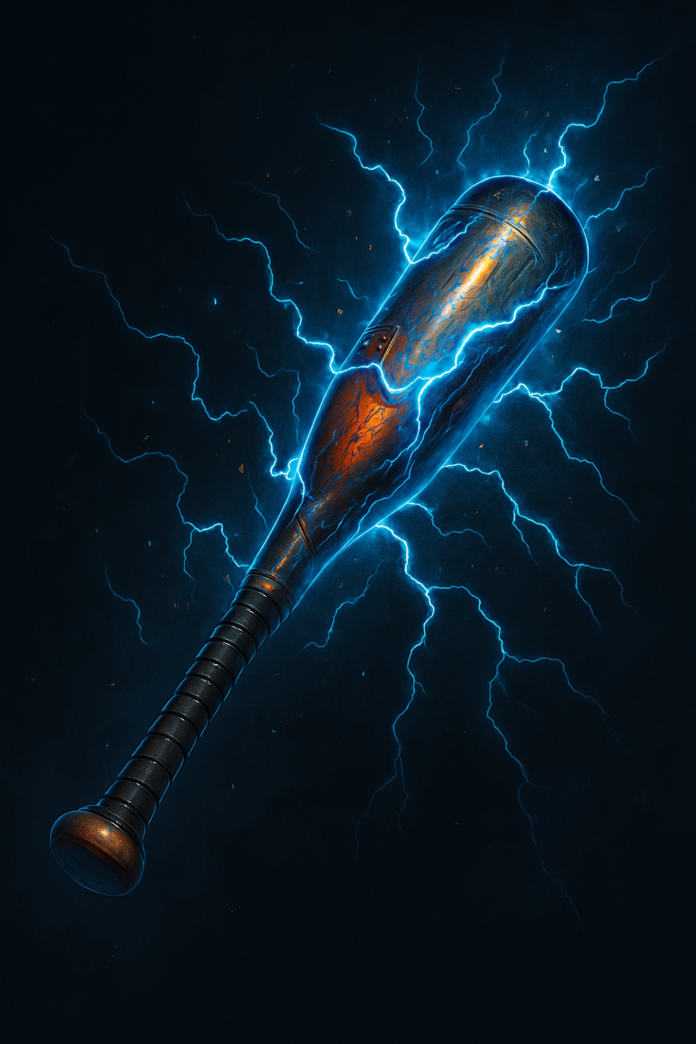The New York Yankees have stormed into the 2025 MLB season with a flurry of home runs—and with a curious piece of equipment drawing attention across the league: the “torpedo” bat. Odd-looking and scientifically crafted, these bats feature a shifted barrel with more wood mass closer to the hitter’s hands, aiming to concentrate force in the area of most frequent contact.
Although they look unusual—drawing comparisons to bowling pins—the bats are fully legal under MLB rules. League officials have confirmed they comply with Rule 3.02, which mandates a bat must be round, smooth, made of solid wood, and not exceed specified dimensions.
The early results have been explosive. The Yankees launched a record-tying 15 home runs across their first three games, including a franchise-best nine in a single contest. Players like Jazz Chisholm Jr., Anthony Volpe, and Cody Bellinger homered using the new design, igniting curiosity and debate throughout Major League Baseball. Even as Aaron Judge continues his tear using a traditional bat, many of his teammates have embraced the change, seeing the benefit in the bat’s tailored design.
The torpedo bat concept was developed by Aaron Leanhardt, a physicist and former Yankees analyst who previously taught at the University of Michigan. His vision was to engineer a bat that better aligns with a hitter’s natural swing path and contact zone. By moving mass closer to the hands—where contact is more likely—hitters can potentially increase the force delivered to the ball without changing their mechanics.
While some players and managers have shrugged off the design as a novelty or even scoffed at its appearance, others have taken notice. Padres star Manny Machado, mic’d up during a broadcast, joked about wanting a shipment of torpedo bats sent to his team’s spacious Petco Park. Orioles hitting coach Cody Asche noted that several teams are experimenting with similar customizations, while Rays third baseman Junior Caminero confirmed he used one over the weekend.
The buzz has sparked wide-ranging reactions. Some pitchers, like Cleveland’s Triston McKenzie, suggested that hitters might be more vulnerable to breaking pitches due to the bat’s altered end weight. Others, including players on the Blue Jays and Twins, acknowledged potential advantages but remained cautious, saying individual feel still determines success at the plate.
Yankees manager Aaron Boone emphasized that the team is constantly looking for small advantages. The organization’s ability to encourage buy-in among its players—no small feat in a game dominated by routine—may prove just as important as the bat itself.
Bat manufacturers are already responding. Victus Sports, a major supplier of custom bats, teased their own torpedo-inspired design on social media. With multiple teams placing orders and more players experimenting, the movement appears to be gaining traction beyond the Bronx.
Whether the early surge is a sign of things to come or simply a hot start remains to be seen. But as the season unfolds, one thing is clear: the conversation about equipment innovation in baseball is far from over—and the Yankees are at the center of it.
This image is the property of The New Dispatch LLC and is not licenseable for external use without explicit written permission.








